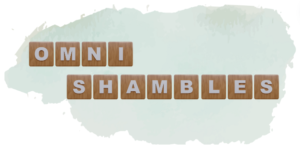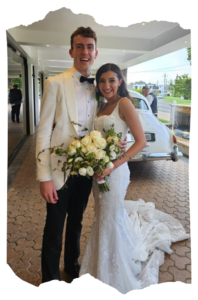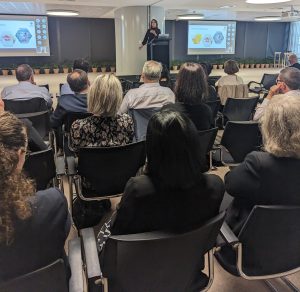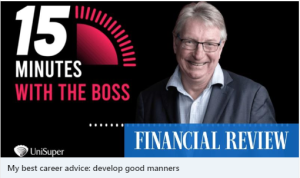Like many Australians, I have been following the Bruce Lehrmann defamation proceedings and managed to listen in as some of the judgement was delivered yesterday.
I was heartily amused by some of the quirky turns of phrase used by Justice Michael Lee and, even within the first few sentences, we witnessed Lee use the magnificent word “Omnishambles”.
I love a good word, and omnishambles might just have to go in the repertoire!
In my field of negotiation and conflict, words matter a great deal. Overly aggressive or confrontational language (like using “demand” instead of the less-inflammatory “request”) can put the other party on the defensive. Ambiguous language almost always leads to misunderstandings, which in turn erodes credibility and trust. Insensitive or offensive language can escalate tensions and derail the negotiation process.
Here are some quick tips for avoiding an omnishambles in your next negotiation:
- Identify Hot Buttons
Hot Buttons are emotionally charged words or phrases that can elicit a strong reaction in negotiations. Identify hot buttons early and navigate them carefully. - Try “We” not “I”
Where appropriate, endeavour to use inclusive language (like “we” and “us”). This will foster a sense of collaboration and make the issue being negotiated a joint challenge to be solved. - Use precise language
At all points in the negotiation, but especially when finalising terms, use precise language so that all parties have the same interpretation of the agreement. - Balance empathy and power
Practise using language that shows empathy for the other party’s interests while subtly highlighting your source of power or leverage in the negotiation. - Reframe
Make use of positive framing (like using “opportunity” instead of “problem”) to shift the focus from obstacles to potential solutions.
There are always gaps – when people are negotiating, when they are in conflict, or simply when they aren’t on the same page.
It’s important to remember that words can build bridges, and bridges close gaps.








